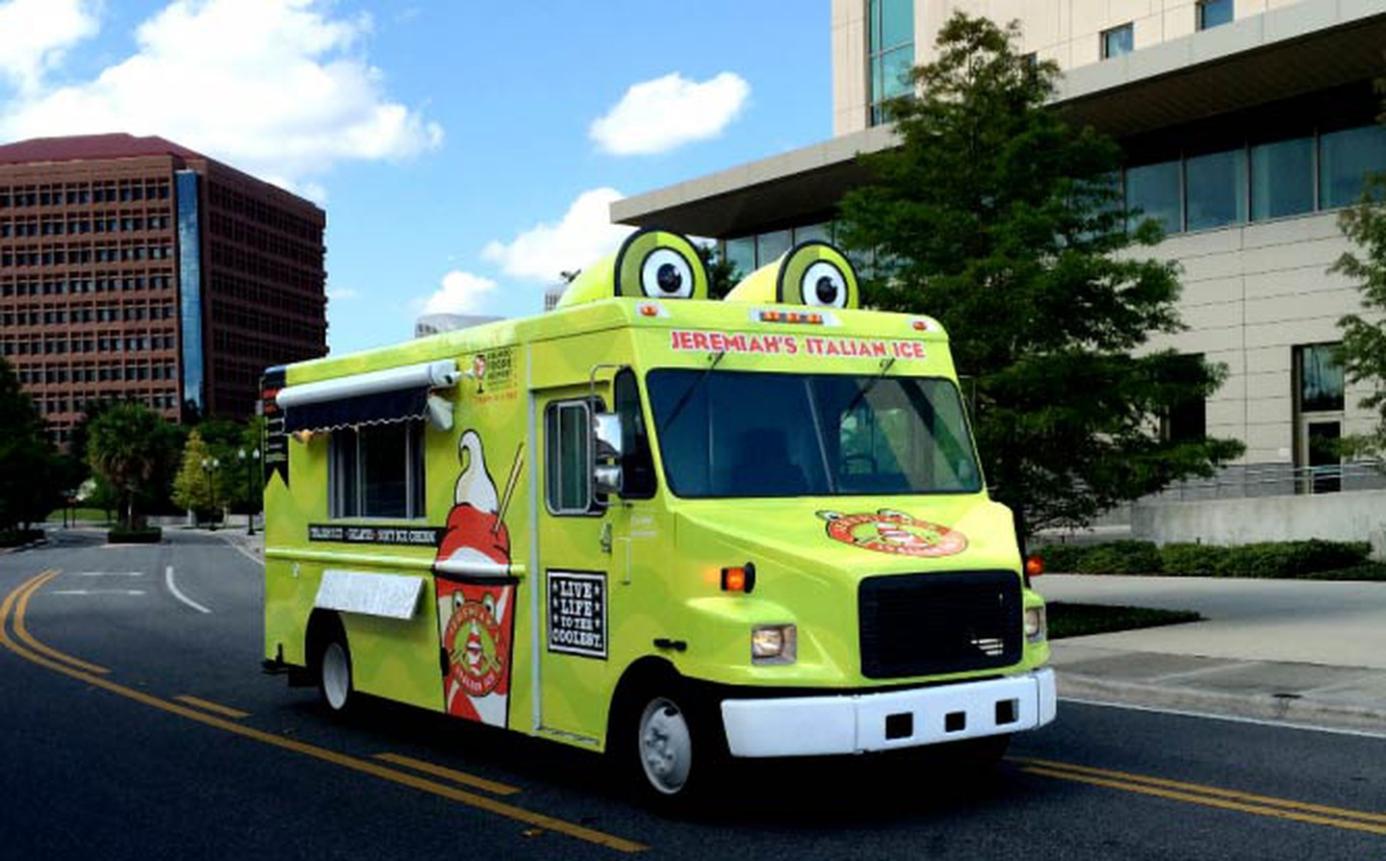How Can I Keep My Catering Food Truck Clean and Safe?
Maintaining a clean and safe catering food truck is of utmost importance in ensuring the health and safety of your customers. Unsanitary food handling practices can lead to foodborne illnesses, which can have severe consequences for your business and reputation.

Food trucks are subject to various regulations and standards set by local health departments and regulatory agencies. These regulations are designed to ensure that food is prepared, stored, and served in a safe and sanitary manner.
I. Food Safety Practices:
Personal Hygiene:
- Proper Handwashing: Emphasize the significance of washing hands thoroughly with soap and water before handling food, after using the restroom, and after handling raw meat or poultry.
- Use of Gloves, Hairnets, and Aprons: Encourage the use of gloves, hairnets, and aprons to prevent contamination of food from hands, hair, and clothing.
- Avoid Bare-Hand Contact: Stress the importance of avoiding bare-hand contact with food to prevent the transfer of bacteria and other contaminants.
Food Preparation:
- Proper Food Storage and Handling: Discuss the importance of proper food storage and handling to prevent the growth of harmful bacteria. Outline the steps involved in safe food preparation, including washing, cutting, and cooking.
- Preventing Cross-Contamination: Provide tips for preventing cross-contamination, such as using separate cutting boards and utensils for raw and cooked foods, and avoiding contact between raw meat and other foods.
Food Storage:
- Types of Food Storage Equipment: Explain the different types of food storage equipment available, such as refrigerators, freezers, and insulated containers.
- Proper Food Storage Temperatures: Provide guidelines for proper food storage temperatures to ensure food safety. Emphasize the importance of maintaining cold foods at or below 40°F and hot foods at or above 140°F.
- FIFO Inventory Management: Explain the FIFO (First In, First Out) inventory management system, which helps ensure that older food items are used before newer ones, reducing the risk of spoilage.
II. Cleaning And Sanitation:
Daily Cleaning:
- List of Daily Cleaning Tasks: List the daily cleaning tasks that should be performed, such as cleaning the food preparation surfaces, equipment, and utensils. Include cleaning the interior and exterior of the food truck.
- Proper Cleaning and Sanitizing: Discuss the proper way to clean and sanitize food contact surfaces using appropriate cleaning solutions and sanitizers. Emphasize the importance of rinsing surfaces thoroughly after cleaning.
Deep Cleaning:
- Importance of Regular Deep Cleaning: Explain the importance of regular deep cleaning to remove accumulated grease, grime, and dirt that cannot be removed through daily cleaning.
- Step-by-Step Guide: Provide a step-by-step guide for deep cleaning the food truck, including cleaning the interior and exterior, equipment, and storage areas.
- Tips for Removing Grease and Grime: Include tips for removing grease and grime from surfaces using appropriate cleaning solutions and techniques.
Cleaning Schedule:
- Create a Cleaning Schedule: Create a cleaning schedule for daily, weekly, and monthly cleaning tasks. Assign responsibilities to ensure that the cleaning schedule is followed consistently.
Pest Control:
- Identify Common Pests: Identify common pests that may infest food trucks, such as rodents, insects, and birds.
- Importance of Pest Prevention and Control: Explain the importance of pest prevention and control to protect food from contamination and to maintain a sanitary environment.
- Tips for Keeping Pests Out: Provide tips for keeping pests out of the food truck, such as sealing cracks and gaps, using pest control devices, and maintaining a clean and orderly environment.
- Regular Pest Inspections: Discuss the importance of regular pest inspections to identify and address any pest problems promptly.
III. Equipment Maintenance:
- Importance of Regular Equipment Maintenance: Outline the importance of regular equipment maintenance to ensure that equipment is functioning properly and to prevent breakdowns.
- Checklist for Daily and Weekly Inspections: Provide a checklist for daily and weekly equipment inspections to identify any issues or potential problems.
- Keeping Equipment in Good Working Condition: Emphasize the importance of keeping equipment in good working condition to prevent food safety hazards and to extend the lifespan of the equipment.
- Preventive Maintenance: Discuss the role of preventive maintenance in extending equipment life and reducing the risk of breakdowns.
IV. Conclusion:
Maintaining a clean and safe catering food truck is essential for protecting the health and safety of your customers and ensuring the success of your business. By following the food safety practices, cleaning and sanitation procedures, pest control measures, and equipment maintenance guidelines outlined in this article, you can create a safe and sanitary environment for preparing and serving food to your customers.
Remember, food safety is a shared responsibility. Food truck operators, employees, and customers all play a role in ensuring that food is handled, prepared, and served in a safe and sanitary manner.
YesNo
Leave a Reply